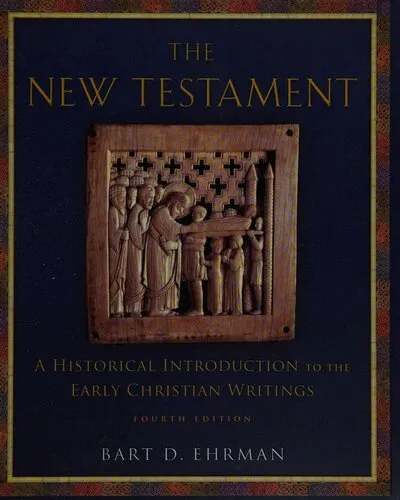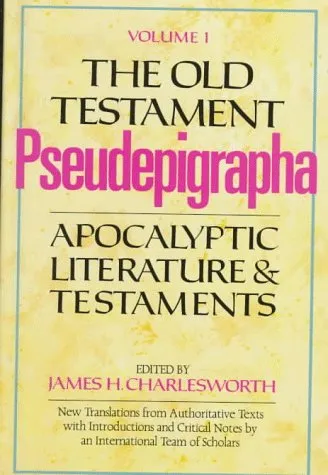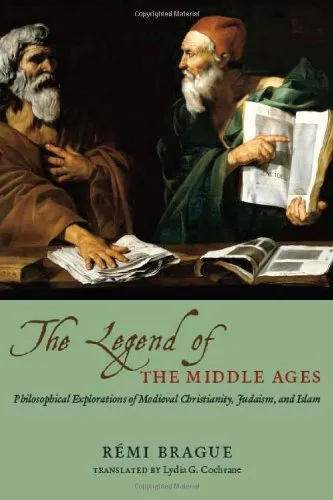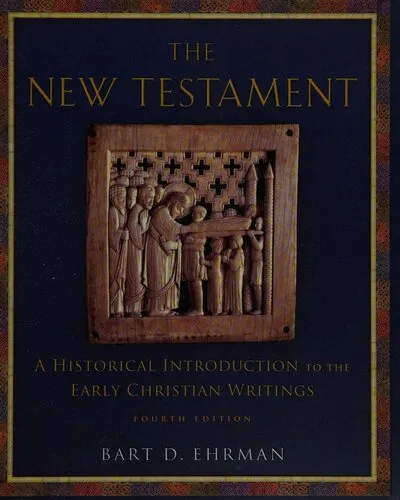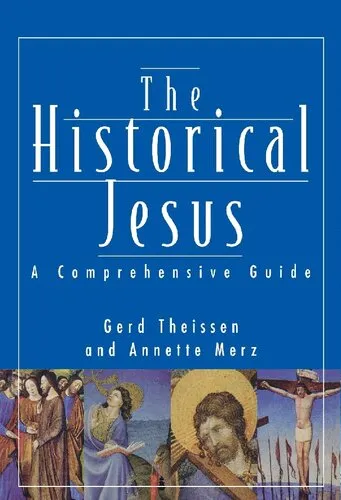Introduction to 'The New Testament: A Historical Introduction to the Early Christian Writings'
Bart D. Ehrman's 'The New Testament: A Historical Introduction to the Early Christian Writings' is a profound exploration into the origins, contexts, and continued influence of the New Testament. Crafted for students, scholars, and general readers alike, this book sheds light on the myriad factors that shaped the formation of Christian scripture.
Detailed Summary
The book opens the door to a historical analysis of the New Testament writings and the environment in which they were written. Ehrman meticulously examines the socio-political and religious landscapes of the first and second centuries, providing readers crucial insights into how these elements influenced the early Christian texts.
Each chapter delves into different aspects of the New Testament, starting with the gospels—Matthew, Mark, Luke, and John—and then expanding to explore the Acts of the Apostles, the epistles of Paul, the general letters, and the Book of Revelation. Throughout, Ehrman focuses on the historical contexts, authorship, intended audiences, and theological messages of these writings.
Utilizing historical-critical methods, the book emphasizes understanding the texts as products of their time. Ehrman engages with challenging questions regarding authorship, authenticity, and the canonization process that defined what we now recognize as Christian Scripture.
Key Takeaways
- Historical Context: Gain a comprehensive understanding of the socio-political and religious climates that influenced the New Testament's creation, offering a contextual appreciation for its messages.
- Textual Analysis: Learn about the critical academic methods used to explore questions of authorship, intent, and textual variations in ancient writings.
- Formation of the Canon: Discover how historical and theological debates shaped the New Testament as we know it, providing insight into the selection and exclusion of certain texts.
- Impact of Early Christianity: Understand the profound changes and developments in early Christian communities that contributed to shaping Christian doctrine and beliefs.
Famous Quotes from the Book
“The New Testament authors were real people living in real places at real points in time, facing real problems, worries, and hopes—and it is those real-life situations that produced the pages of our New Testament.”
“By situating the New Testament texts in their historical context, we can better appreciate the diversity of viewpoints and theologies that competed in early Christianity.”
Why This Book Matters
Bart D. Ehrman's book serves as an essential resource for anyone seeking a deeper understanding of the New Testament through a historical lens. It is particularly valued for its accessible writing style paired with scholarly rigor, making complex academic discussions available to a broad audience. Scholars and students alike will benefit from the critical examination of the origins, context, and meaning of these ancient texts.
The text encourages readers to ponder the complexities and diversities within early Christianity, offering a nuanced perspective that challenges simplistic understandings. By exploring how the canon was formed and the varying interpretations of Christian texts, Ehrman opens up avenues for discussion on how historical contexts continue to influence religious ideologies today.
Ultimately, Ehrman's work underscores the importance of critical study and understanding of religious scriptures, advocating for an informed approach to reading and interpreting the New Testament.
